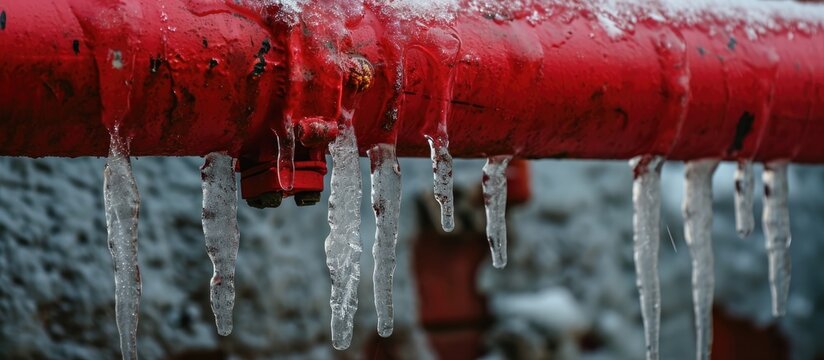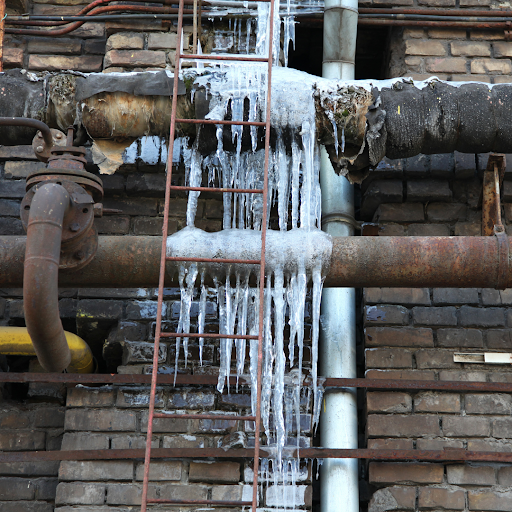How to Defend Plumbing System from Cold Weather: Essential Tips
How to Defend Plumbing System from Cold Weather: Essential Tips
Blog Article
Every person may have their own individual piece of advice involving Winter Plumbing Precautions: Preventing Frozen Pipes.

Winter can ruin your pipes, specifically by freezing pipelines. Right here's exactly how to avoid it from occurring and what to do if it does.
Introduction
As temperatures decline, the risk of frozen pipes rises, potentially bring about expensive repair work and water damage. Recognizing exactly how to stop icy pipes is critical for house owners in cold environments.
Understanding Icy Pipes
What triggers pipes to freeze?
Pipelines freeze when revealed to temperatures listed below 32 ° F (0 ° C) for expanded periods. As water inside the pipelines ices up, it expands, putting pressure on the pipe walls and possibly triggering them to burst.
Threats and problems
Icy pipelines can lead to water supply disruptions, home damages, and costly fixings. Burst pipelines can flood homes and cause considerable structural damages.
Indicators of Frozen Pipes
Determining icy pipelines early can avoid them from rupturing.
Exactly how to determine frozen pipes
Look for lowered water circulation from taps, unusual odors or sounds from pipes, and visible frost on revealed pipelines.
Prevention Tips
Insulating at risk pipelines
Wrap pipelines in insulation sleeves or utilize heat tape to shield them from freezing temperatures. Concentrate on pipelines in unheated or exterior locations of the home.
Heating techniques
Maintain interior areas sufficiently heated, specifically areas with pipes. Open cupboard doors to allow cozy air to circulate around pipes under sinks.
Protecting Outside Pipes
Garden pipes and outdoor faucets
Separate and drain garden tubes before wintertime. Mount frost-proof faucets or cover outside taps with shielded caps.
What to Do If Your Pipelines Freeze
Immediate actions to take
If you suspect icy pipes, maintain faucets open to alleviate pressure as the ice thaws. Use a hairdryer or towels soaked in warm water to thaw pipes slowly.
Long-Term Solutions
Structural modifications
Think about rerouting pipes away from exterior walls or unheated areas. Add additional insulation to attic rooms, cellars, and crawl spaces.
Updating insulation
Buy top quality insulation for pipes, attic rooms, and walls. Correct insulation assists keep constant temperatures and minimizes the risk of icy pipes.
Final thought
Avoiding icy pipes needs aggressive steps and fast responses. By comprehending the reasons, signs, and preventive measures, home owners can safeguard their plumbing throughout winter.
5 Ways to Prevent Frozen Pipes
Drain Outdoor Faucets and Disconnect Hoses
First, close the shut-off valve that controls the flow of water in the pipe to your outdoor faucet. Then, head outside to disconnect and drain your hose and open the outdoor faucet to allow the water to completely drain out of the line. Turn off the faucet when done. Finally, head back to the shut-off valve and drain the remaining water inside the pipe into a bucket or container. Additionally, if you have a home irrigation system, you should consider hiring an expert to clear the system of water each year.
Insulate Pipes
One of the best and most cost-effective methods for preventing frozen water pipes is to wrap your pipes with insulation. This is especially important for areas in your home that aren’t exposed to heat, such as an attic. We suggest using foam sleeves, which can typically be found at your local hardware store.
Keep Heat Running at 65
Your pipes are located inside your walls, and the temperature there is much colder than the rest of the house. To prevent your pipes from freezing, The Insurance Information Institute suggests that you keep your home heated to at least 65 degrees, even when traveling. You may want to invest in smart devices that can keep an eye on the temperature in your home while you’re away.
Leave Water Dripping
Moving water — even a small trickle — can prevent ice from forming inside your pipes. When freezing temps are imminent, start a drip of water from all faucets that serve exposed pipes. Leaving a few faucets running will also help relieve pressure inside the pipes and help prevent a rupture if the water inside freezes.
Open Cupboard Doors
Warm your kitchen and bathroom pipes by opening cupboards and vanities. You should also leave your interior doors ajar to help warm air circulate evenly throughout your home.

I ran across that article on How To Avoid Freezing Pipes while browsing on the internet. Do you know another individual who is involved in Prevent Frozen Pipes ? Why not promote it. Kudos for your time. Come back soon.
Click Here Report this page